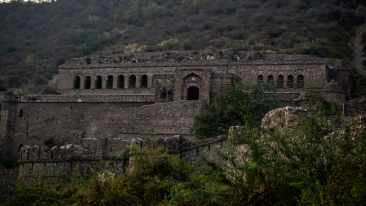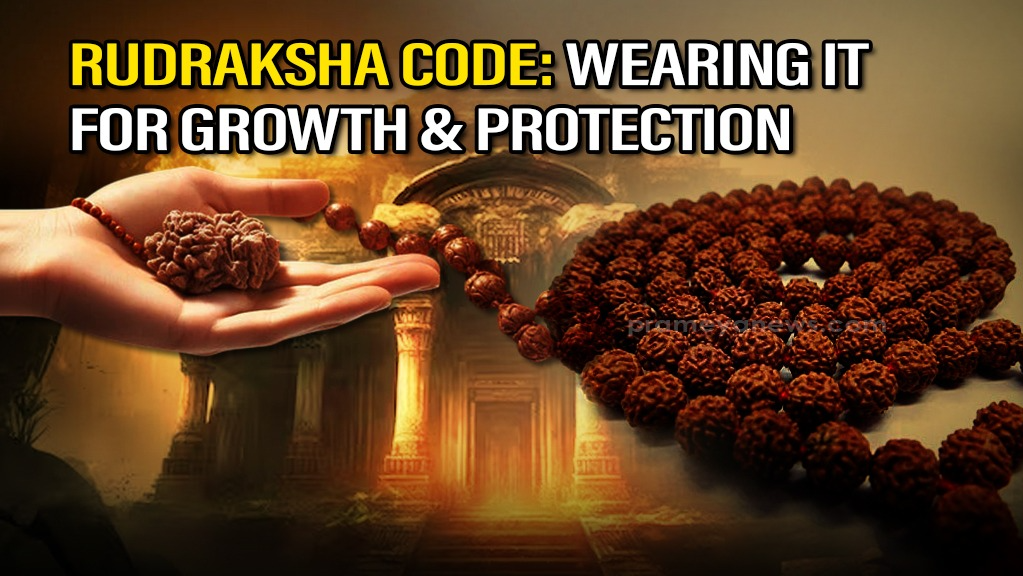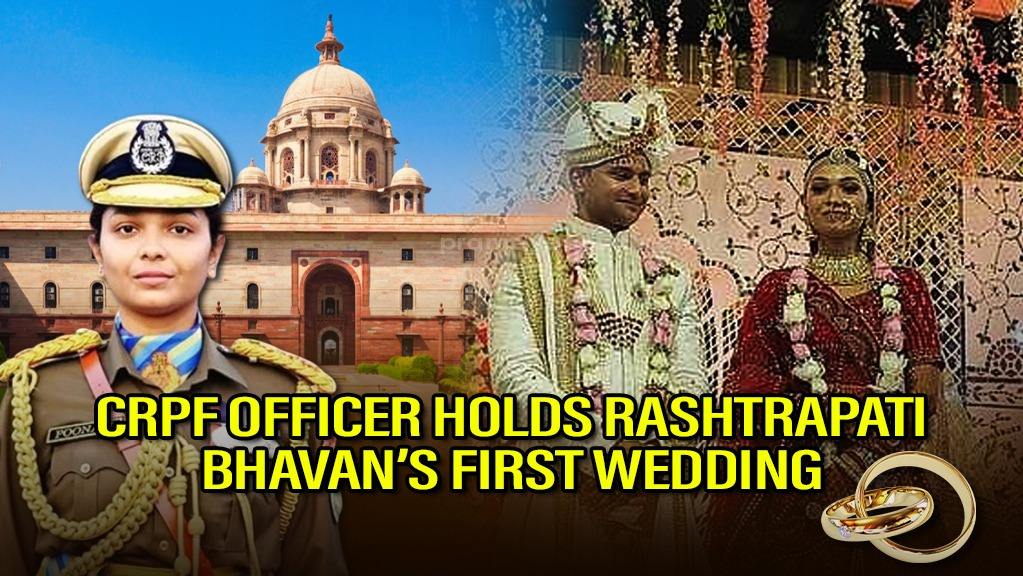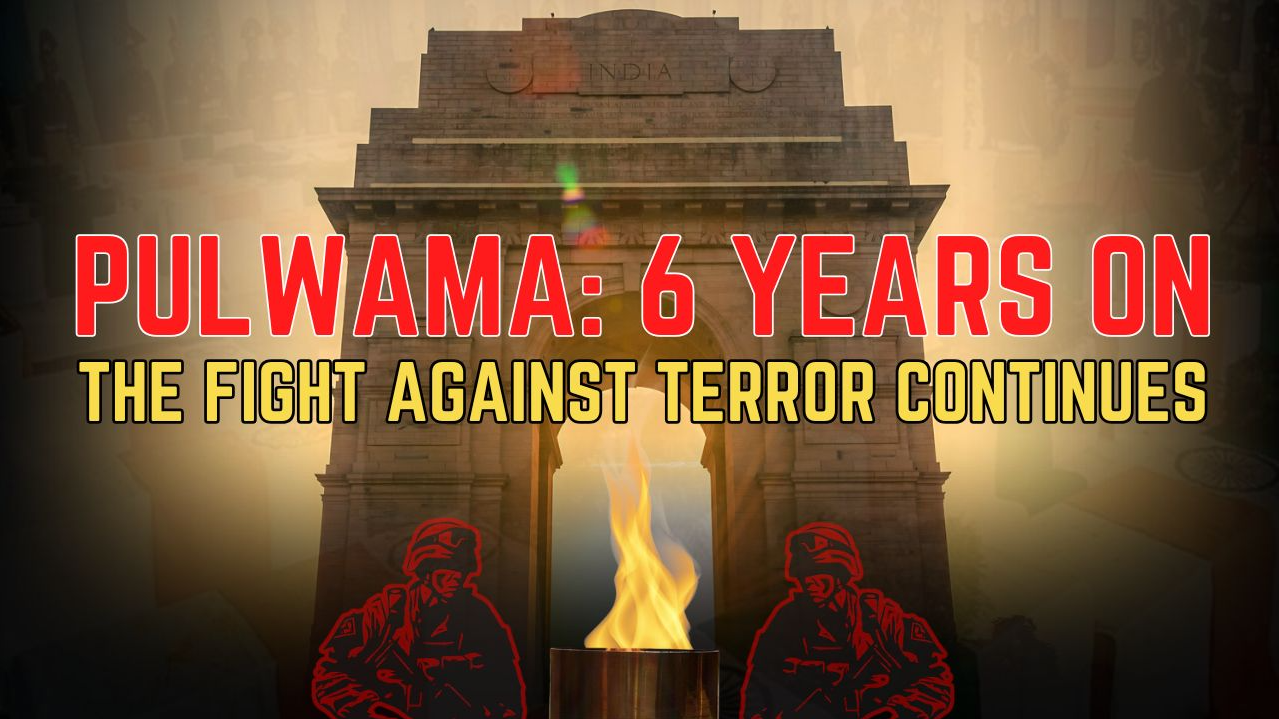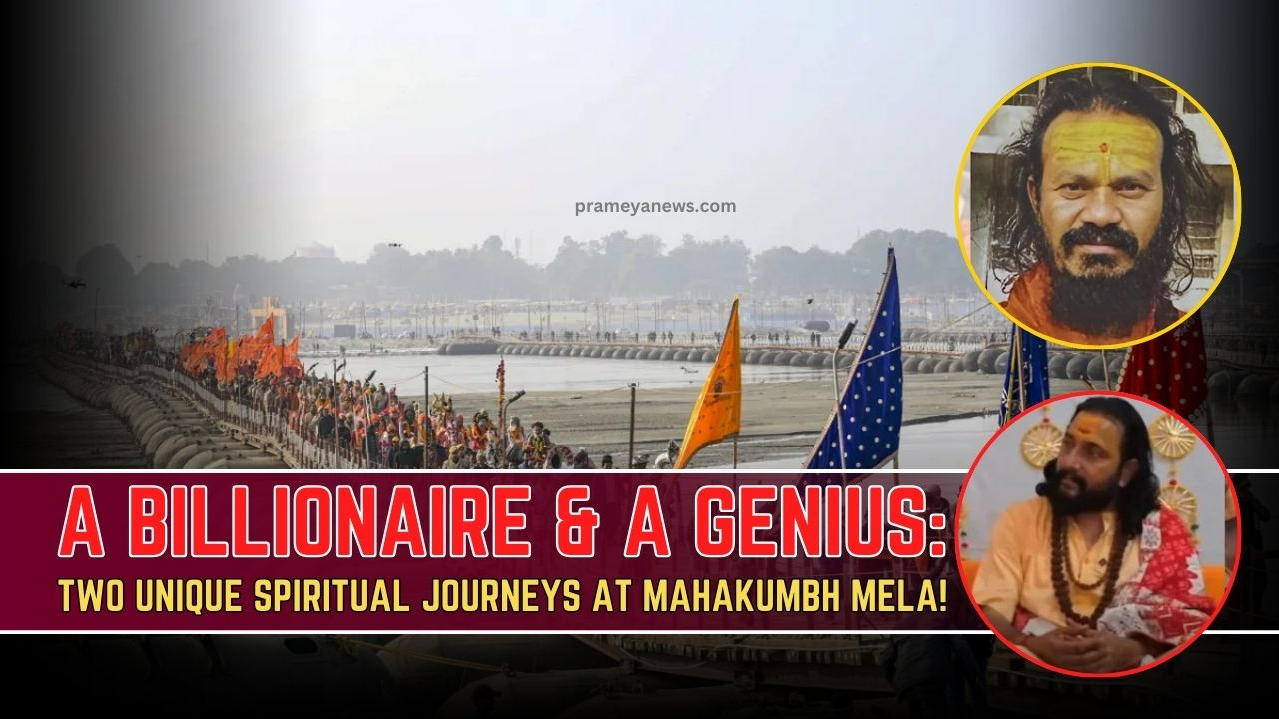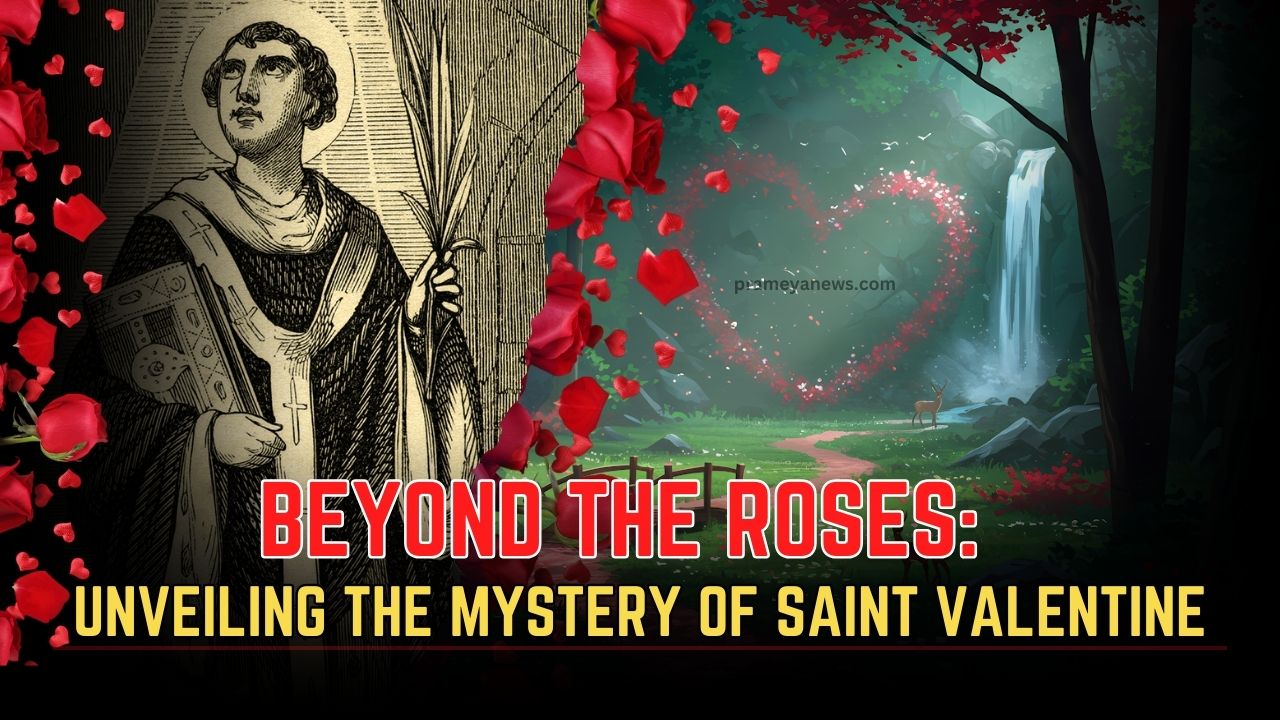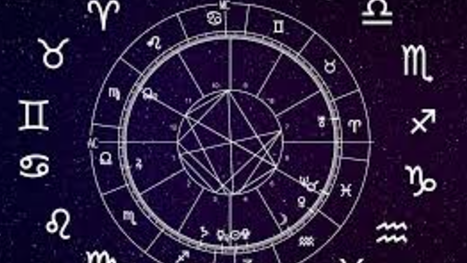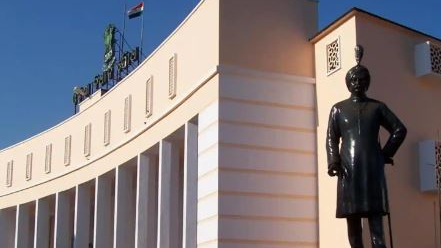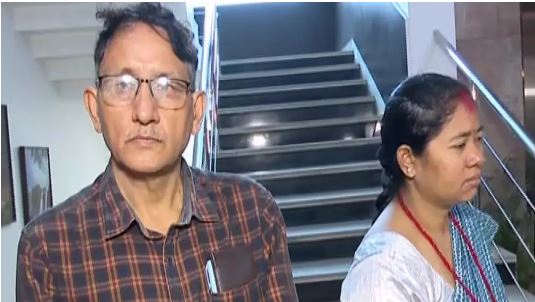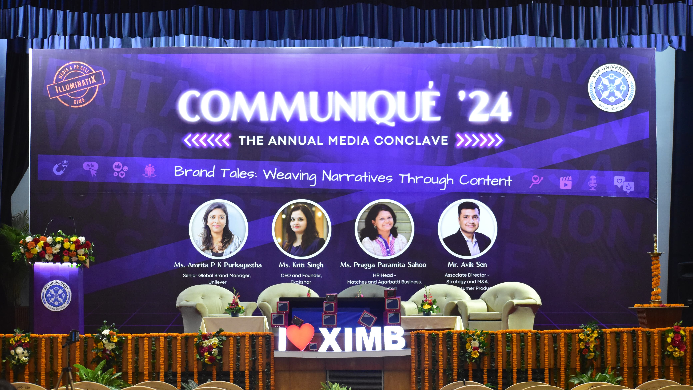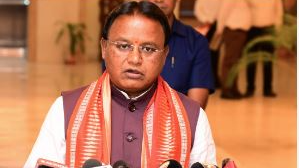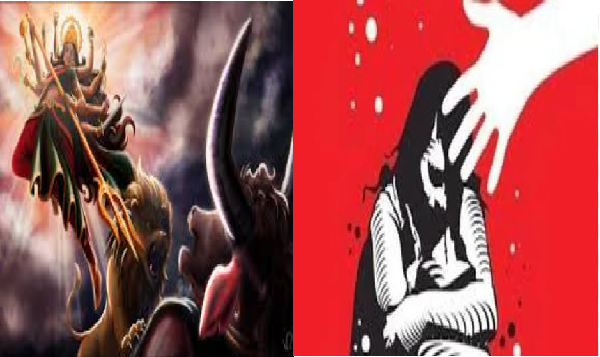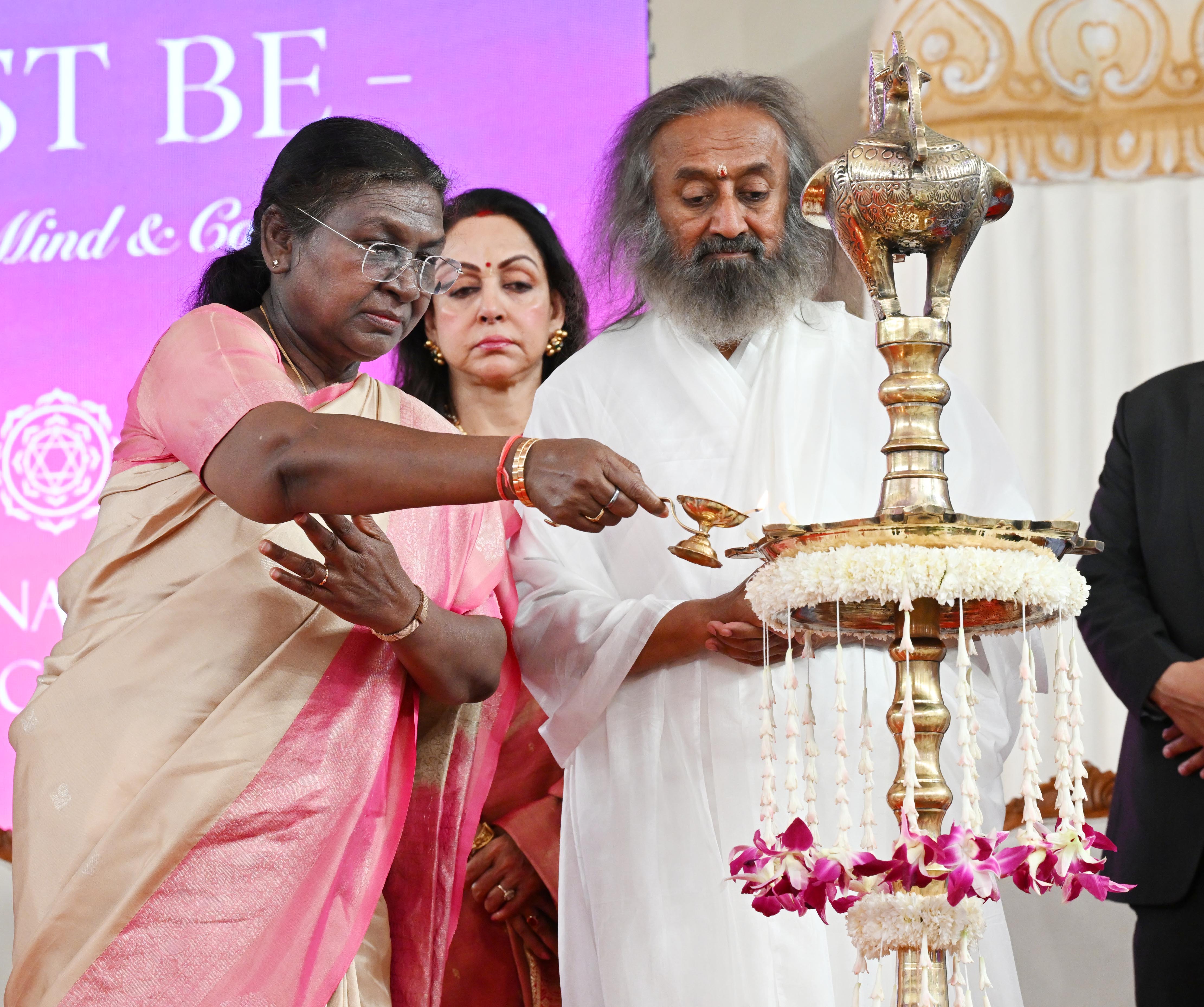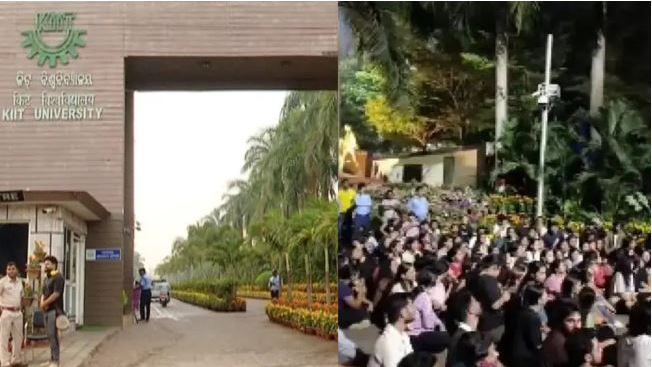Standing amid the ruins of Bhangarh Fort in Rajasthan, it's easy to understand why the Archaeological Survey of India (ASI) has posted an unusual warning: legal entry into the premises is strictly prohibited between sunset and sunrise. The fort, built in 1573 during the reign of Bhagwant Das, holds the dubious distinction of being India's most haunted location.
The Curse That Started It All
The most famous legend surrounding Bhangarh involves the beautiful Princess Ratnavati and a dark magician named Singhia. Local historian Rajendra Singh shares: "According to ancient texts, Singhia attempted to use black magic to seduce the princess. But his plan backfired when she discovered his true intentions. In his dying breath, he cursed the kingdom to doom, declaring that no soul would ever find peace within its walls."
Another version speaks of a holy man who cursed the fort, forbidding any roof to be built over it. Strangely, even today, any roof constructed over the fort allegedly collapses mysteriously.
Modern Encounters
Recent visitor accounts add credibility to the fort's reputation:
"I was taking photographs near the dance hall when my fully charged camera died suddenly. When I checked later, the battery was completely drained," recalls Delhi-based photographer Vikram Mehta.
Local resident Pushpa Devi, who lives in nearby Bhangarh village, notes: "We often hear strange sounds at night - music, dancing, bangles jingling. No one dares venture near the fort after dark."
The Architecture of Horror
The fort's layout itself seems designed to trap spirits. Its impressive architecture includes:
- Four main gates: Lahori Gate, Ajmeri Gate, Phulbari Gate, and Delhi Gate
- Several temples within the complex
- The ruined marketplace (Jauhari Bazaar)
- The dancer's haveli (now allegedly the most haunted spot)
- Royal palace remains
Scientific Perspectives
Dr. Alok Sharma, a paranormal researcher who conducted studies at Bhangarh, offers a balanced view: "While many incidents remain unexplained, several phenomena have natural causes. The fort's acoustic design creates unusual sound effects, and its location makes it susceptible to strong wind currents."
Government Response
The ASI's unusual step of officially restricting nighttime access has only added to the fort's mystique. An ASI official, speaking anonymously, reveals: "We've had multiple incidents of visitors experiencing unexplainable phenomena. The restriction is as much about safety as it is about preservation."
Tourist Experience
Despite - or perhaps because of - its reputation, Bhangarh attracts thousands of visitors annually. Daylight hours reveal a magnificent example of Rajasthani architecture. The contrast between its sun-drenched beauty and its dark legends creates an eerily compelling atmosphere.
Sarah Williams, a tourist from London, describes her visit: "There's something incredibly atmospheric about this place. Even in broad daylight, you can feel the weight of its history and mysteries pressing down on you."
Practical Information
For those brave enough to visit:
- Location: Alwar district, Rajasthan
- Best time to visit: October to March
- Visiting hours: Sunrise to sunset
- Photography: Permitted (though cameras reportedly malfunction frequently)
- Guided tours: Available in multiple languages
Local Impact
The fort's reputation has significantly impacted the surrounding community. While tourism brings economic benefits, many locals maintain a respectful distance from the site after dark.
Village elder Ram Singh observes: "Our people have lived alongside these stories for generations. We don't fear the fort, but we respect its boundaries. Some things are better left undisturbed."
Beyond the Supernatural
While ghost stories draw visitors, historians emphasize Bhangarh's historical significance. The fort represents a crucial period in Rajasthani architecture and tells stories of royal intrigue, military strategy, and medieval Indian life.
The Truth?
Perhaps the real appeal of Bhangarh lies not in proving or disproving its haunted status but in the mystery itself. As local tour guide Deepak Sharma puts it: "In Bhangarh, history and mystery dance together. Whether you believe in ghosts or not, there's no denying the power this place holds over your imagination."
For those seeking answers to the supernatural, Bhangarh Fort remains an enigma wrapped in centuries of storytelling, where ancient curses meet modern curiosity, and where every stone seems to whisper secrets of a tragic past.
[Note: While this article includes reported experiences and local accounts, readers are encouraged to approach such claims with an open yet critical mind.]






